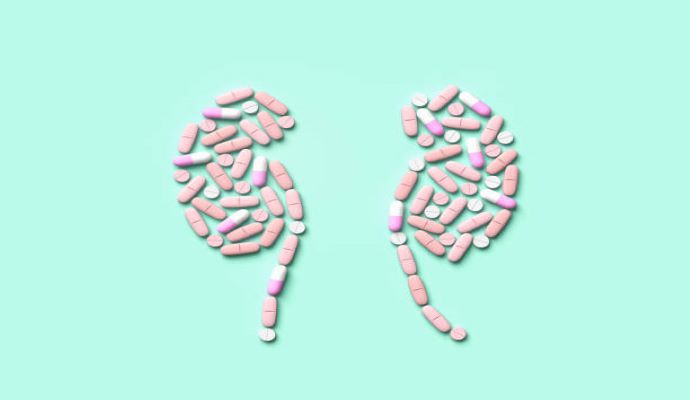For-Profit Dialysis Facilities: A Hindrance to Transplant Status
A recent publication in JAMA Network Open found that pediatric patients cared for in for-profit dialysis facilities had extended the time to transplant and waitlist.

- Chronic kidney disease (CKD) is an irreversible disease characterized by kidney damage, which prevents effective waste filtering. The primary treatments for chronic kidney disease are dialysis and transplant. This JAMA publication found increased times on the waitlist before a transplant and time before being put on the waitlist for pediatric patients being treated at for-profit facilities.
According to the CDC, CKD affects approximately 1 in 7 adults in the United States. Data in a research letter in Kidney International Reports suggest that there are between 15 and 74.7 cases of CKD per 1 million children.
If caught early, some cases of CKD can be managed with lifestyle changes, medications, and other methods to prevent progression. However, since many people with CKD do not know they have it until later stages, dialysis and transplant are the best treatment options.
According to the American Kidney Fund, “if possible, it is better for a child to have a transplant instead of starting dialysis. Dialysis is a time-consuming process that puts stress on the entire body.”
In this study, approximately 76% of all participants were put on a transplant waitlist. The study found that, for every 100 people put on the waitlist at a nonprofit facility, only 87 were put on the list at for-profit facilities.
“The association between profit status and longer time to waiting list registration and transplant, especially from deceased donors, raises concerns that pediatric patients with ESKD may be disadvantaged for transplant access when they receive care at profit facilities,” stated researchers in the publication.
Time is precious for patients with CKD; longer wait times correlate with worse outcomes as kidney damage cannot be reversed.
In addition to potential adverse events, as kidney disease progresses, its financial burden increases. A study published in the American Journal of Managed Care found that the cost of CKD ranged from $7,725 for stage I/II to $11,879 for stage V patients. This number excludes any charges for dialysis or organ transplant.
The article postulates that this discrepancy may be due to the lack of pediatric nephrologists at for-profit organizations. Most pediatric nephrology specialists work in nonprofit clinics and hospitals.
Whatever the reason for this difference, understanding trends in the organ transplant system may allow us to highlight inequities and address them. Additional research should be done on the effect of these wait times on the overall survival rate.
